Introduction
Nosocomial infections are responsible for incremental morbidity, mortality and costs of therapy. Lower respiratory tract infections (LRTIs) and bloodstream infections (BSIs), being among the most prevalent are a significant cause of mortality all across the world. However, the resistance to ?-lactams are a major concern and hence there a is a need of combination therapies to ensure clinical cure and safety in critically ill patients. A new Antibiotic Adjuvant Therapy (AAE) comprising ceftriaxone, sulbactam with adjuvant EDTA has been efficacious in a wide range of infections.
Aim
To analyse the comparative efficacy of a novel Antibiotic Adjuvant Entity (AAE), a combination of ceftriaxone + sulbactam + disodium edetate and meropenem in combination with colistin, for the management of Multi Drug Resistant (MDR) nosocomial Gram-negative bacterial infections.
Methods
Study Design
- Retrospective observational study
Patient Profile
- Case history sheets of patients with documented MDR nosocomial Gram-negative infections who received either AAE or meropenem in combination with colistin for management of infections over a period of 3 years were analyzed
- Patients fulfilling the following criteria were selected
1) Patients diagnosed (defined by clinical investigations and relevant signs and symptoms) with either of Community Acquired Pneumonia (CAP), Hospital Acquired Pneumonia (HAP), Ventilator Associated Pneumonia (VAP) or BSIs, due to MDR nosocomial Gram-negative pathogens
2) Patients who have been hospitalized for more than 5 days
3) Patients with recent failure history of multiple antibiotic procedures
4) Patients with identified baseline and/or super-infection culture with resistance to multi-drugs
5) Patients with multiple co-morbidities along with the above said infections.
Treatment Strategy
- Clinical data, vital parameters demographics and laboratory parameters along with prior antibiotic therapy, dose and clinical outcomes were assessed to evaluate the efficacy of AAE + Colistin therapy
Endpoints
- Clinical success when the patient recovered with either first line empiric antibiotic therapy or a step down from the initial therapy
- Clinical failure when either treatment was switched to other antibiotics (other than AAE, meropenem, colistin).
Results
- Out of an overall cohort of 115 patients, 52 had received AAE + colistin therapy and 63 had received meropenem + colistin.
- The clinical efficacy of AAE + colistin therapy was significantly higher as shown in figure 1.
- AAE group demonstrated a rising trend in clinical cure rates as compared to the decreasing trend in meropenem group
- A progressive decline in clinical cure rates was observed in meropenem treated group over a period of 3 years due to rising carbapenemases and multiple resistance by pathogens. Nevertheless, the efficacy was maintained by the AAE therapy
- The patients who failed to respond to meropenem group had higher cure rates after they were shifted to AAE+colistin therapy as shown in figure 2.
- The overall success rates with AAE + colistin therapy in these shifted patients was 60.86%.
Conclusion
- The bacteriological and clinical efficacy of ceftriaxone, sulbactam, and disodium EDTA (AAE) in combination with colistin was significantly better than meropenem + colistin in the management of various nosocomial MDR Gram-negative infections.
- A significant proportion of patients who failed to respond to meropenem responded well to the AAE therapy highlighting the new hope to spare carbapenems.
J Clin Diagn Res. 2016 Dec;10(12): LC23–LC27. Doi:10.7860/JCDR/2016/20904.9014.


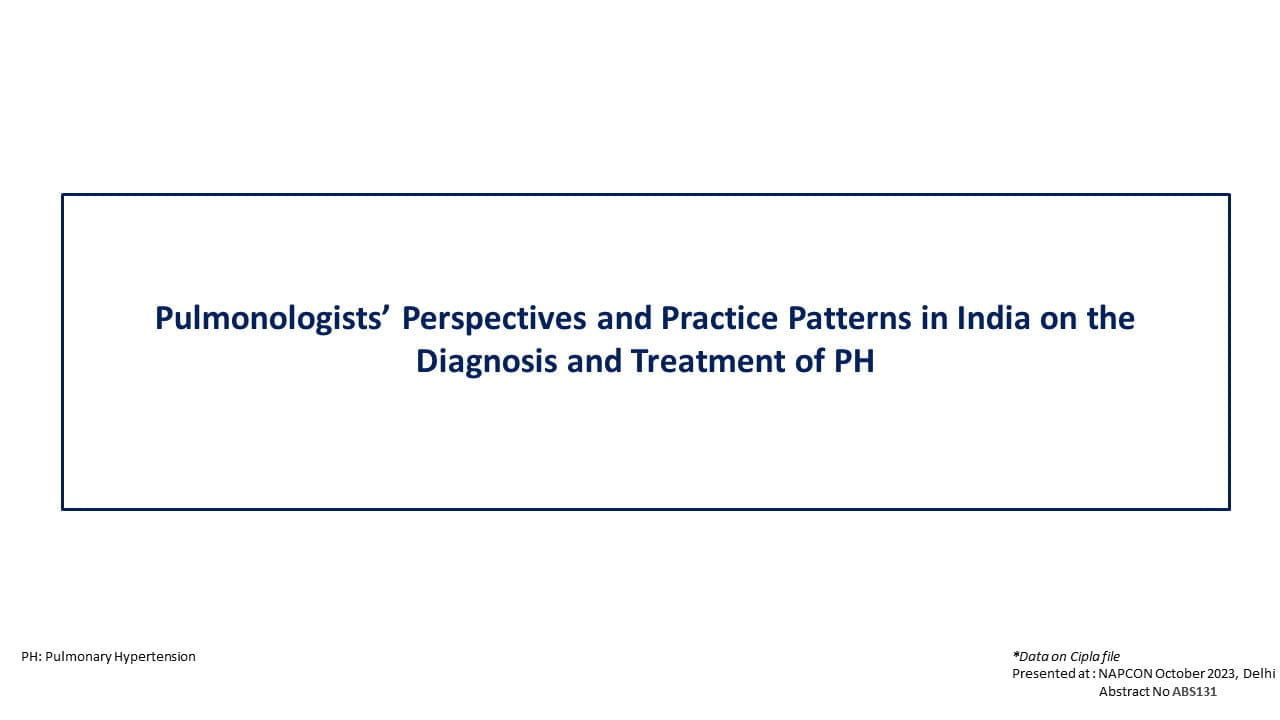
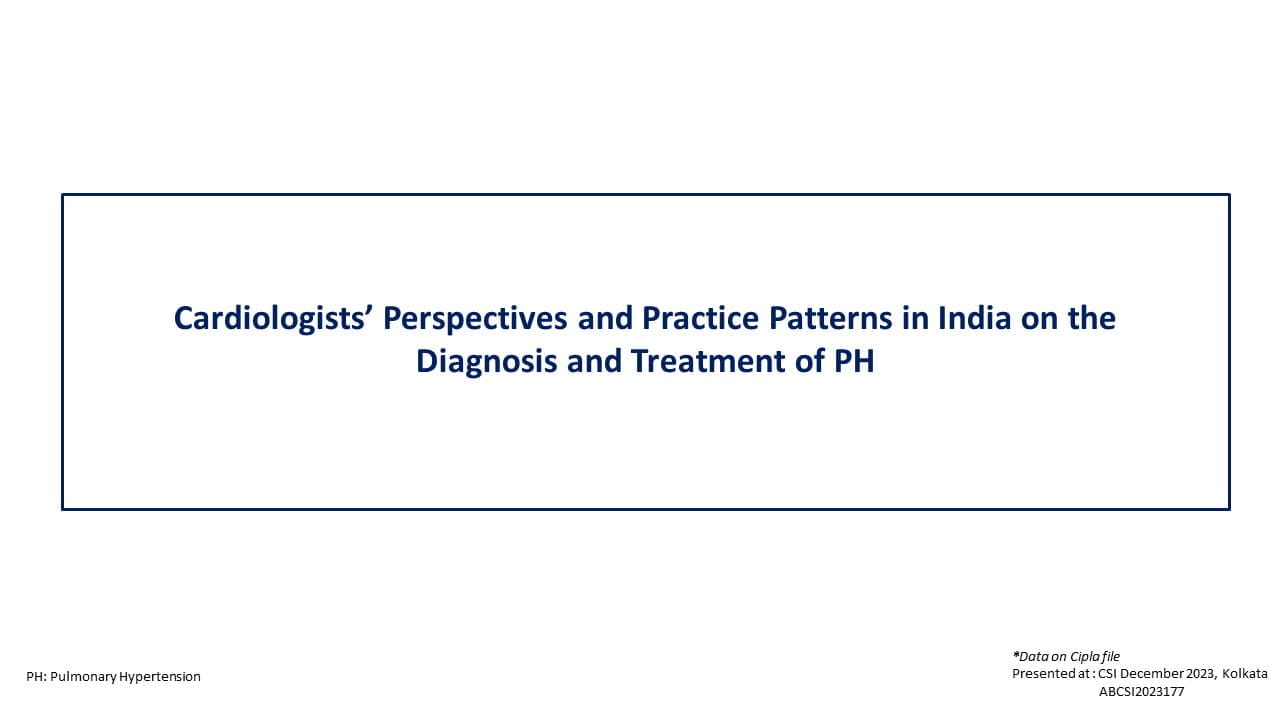
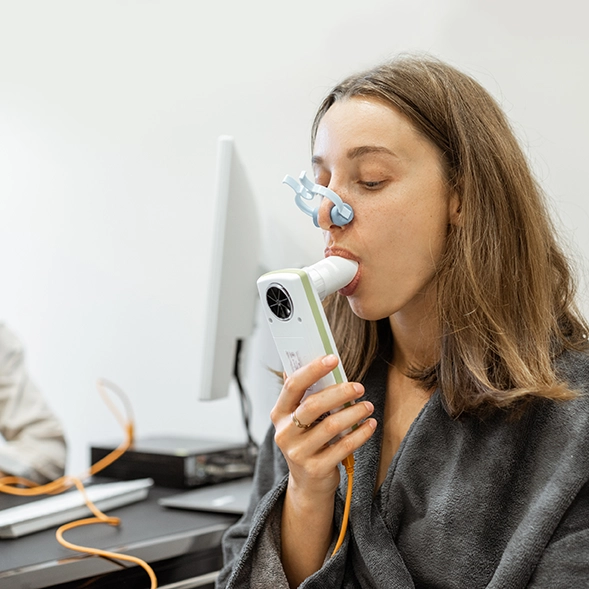


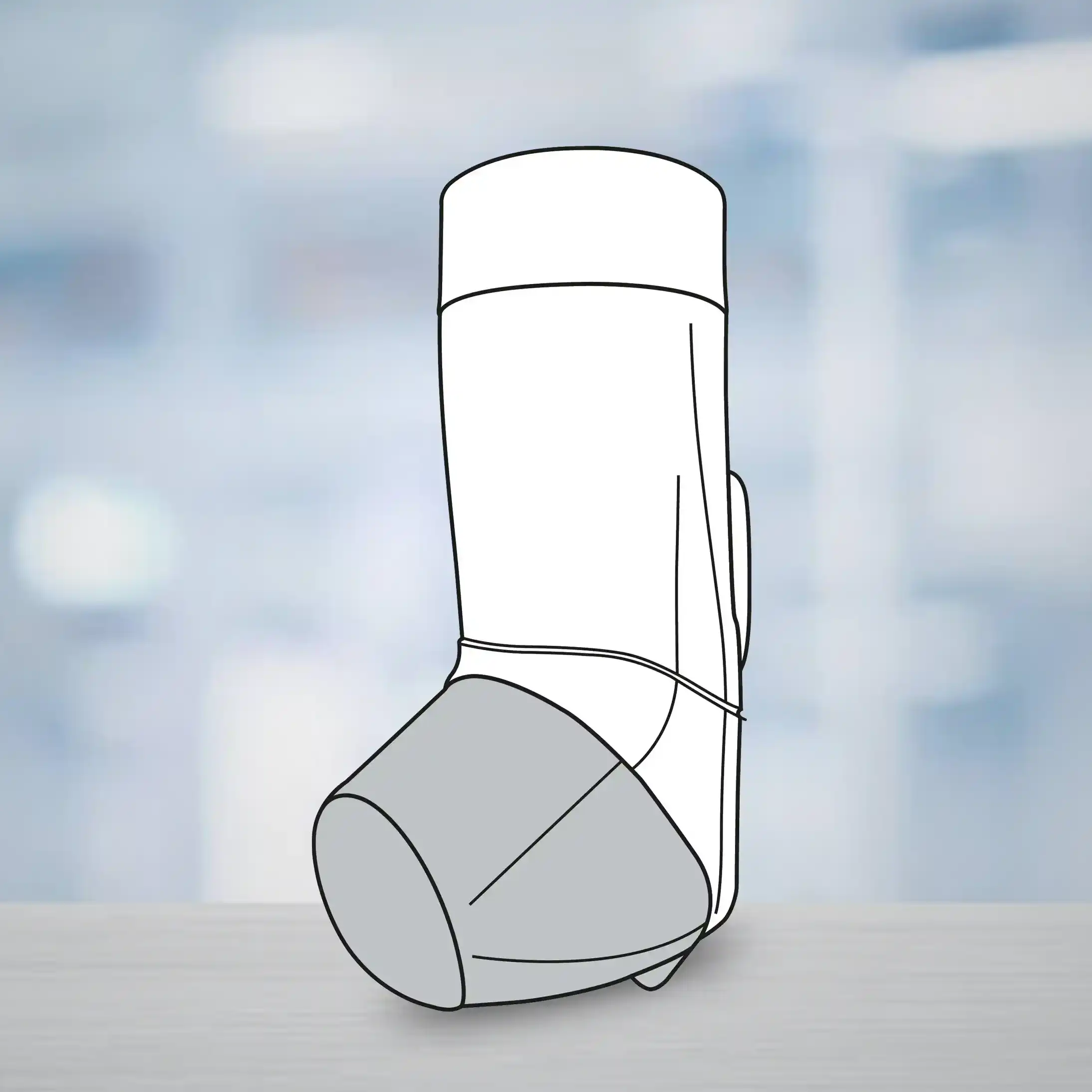
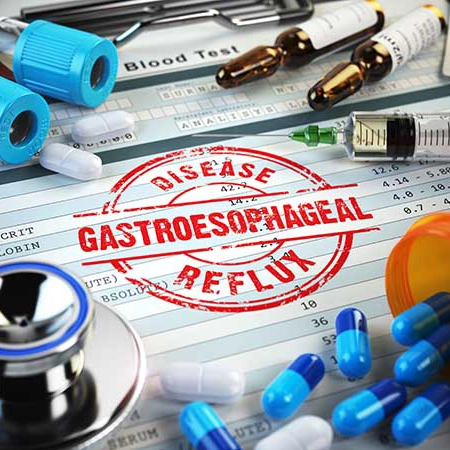
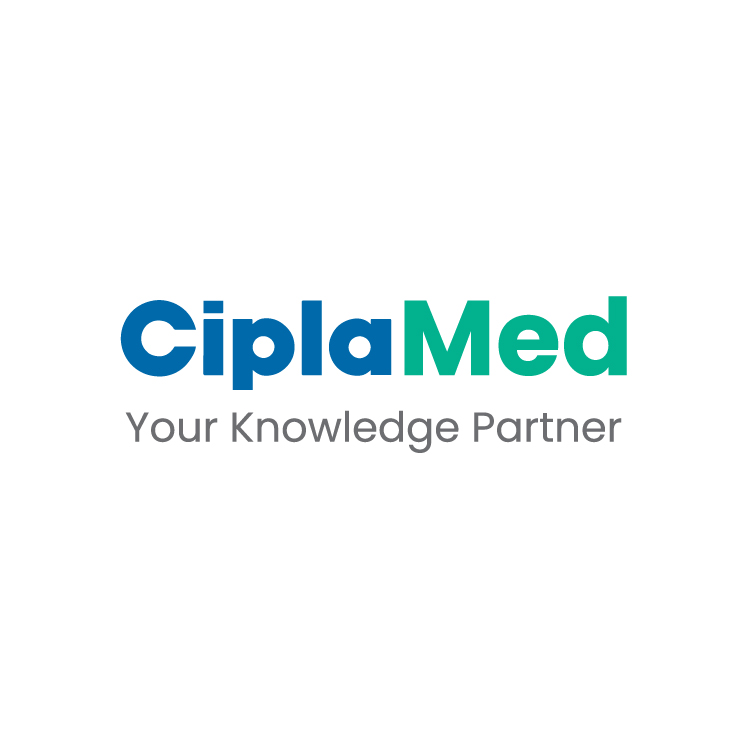
.webp?updated=20240527063817)